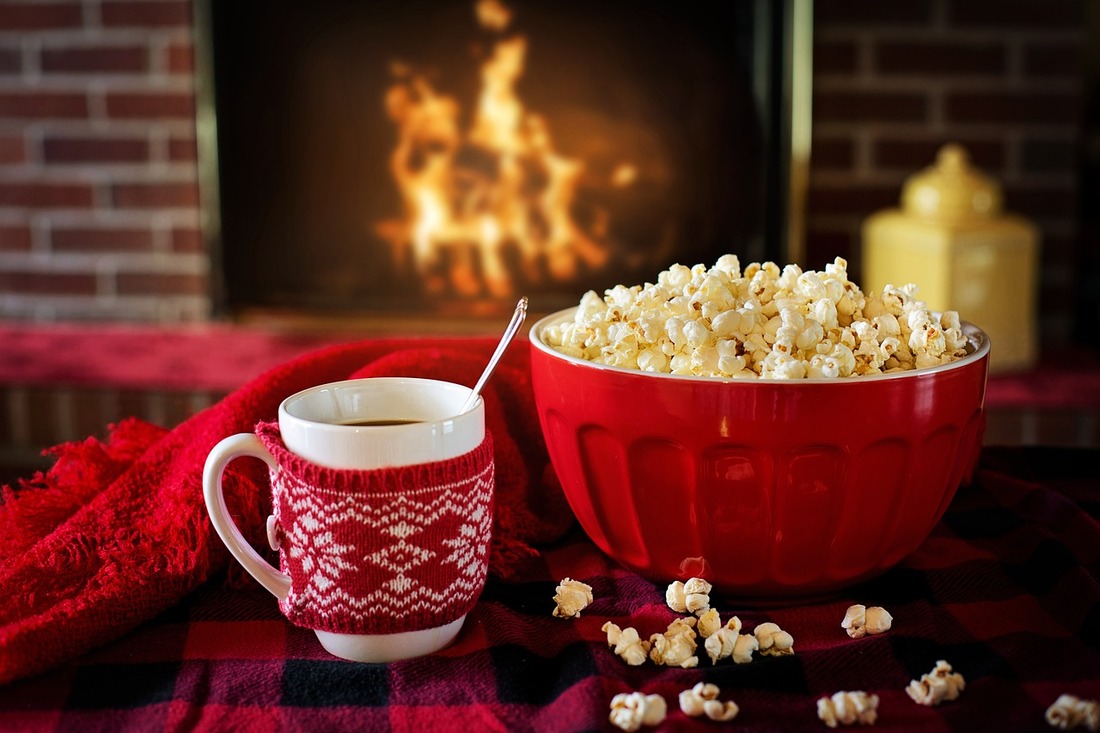|
By: C. Paixão Santa Claus' mythology may be traced back hundreds of years to a monk named St. Nicholas. Nicholas is said to have been born around the year 280 at Patara, near Myra, in modern-day Turkey. St. Nicholas, who was widely loved for his devotion and charity, became the focus of several stories.
Much later, on the pages of the American magazine Harper's Weekly, the American cartoonist Thomas Nast created the picture of Santa Claus. He is thought to be descended from Bishop Nicholas of Myra, who flourished in the fourth century. Santa Claus, also known as Father Christmas, Saint Nicholas, Saint Nick, Kris Kringle, or just Santa, is a mythical figure from Western Christian culture who is claimed to deliver children presents of toys and sweets or nothing on Christmas Eve, depending on whether they have been "naughty or nice" throughout the year. He supposedly achieves this with the help of Christmas elves who build the gifts in his workshop, supposedly at the North Pole, and flying reindeers, who carry his sleigh through the skies. The contemporary Santa Claus is founded on folklore traditions around Saint Nicholas, the English figure of Father Christmas, and Sinterklaas, the Dutch figure. Santa Claus is typically illustrated as a portly, jolly, white-bearded man, often with spectacles, dressed in a red coat with a white fur collar and cuffs, white-fur-cuffed red trousers, a red hat with white fur and a white fur-ball on the end, and a black leather belt and boots, carrying a bag full of gifts for children during Christmas Eve. He is frequently shown with his unique laugh: "Ho ho ho." Due to the significant influence of the 1823 poem "A Visit from St. Nicholas," this image became popular in the United States and Canada in the nineteenth century. Moreover, the United States has promoted and used Santa’s image on various adverts, such as Coca-Cola. The company was extremely involved in this advertising of the character and helped to portray this image of a jolly and generous Santa Claus. In 1931, Coca-Cola started to use Santa’s image in their adverts to portray this image of a “gift” and glamour, where the global character promotes the soft drink. However, Santa has been shown almost exclusively in red from the early nineteenth century, and the most of his contemporary image was put together by cartoonist Thomas Nast in the 1870s. Even if you limited your search to Santa in American soft drink advertisements, you'd discover a totally contemporary Santa Claus in the White Rock ads from 1923. Many aspects that nowadays have become traditional of Christmas and Santa Claus originate from different cultures and parts of the world. For example, the name Santa Claus comes from “Saint Nicholas”, who was an early Chirstian bishop of Greek descendance from the city Myra in Asia during the Roman Empire. Myths say that the bishop made many miracles to his intercession, which is why he is also known as “Nicholas the Wonderworker”, hence the name, as myths say that Santa Claus worked in secrecy and built the toys using magic. Another example is the traditional “Jingle Bells” song, which was originally written by James Pierpont in 1857. Pierpont was an American, and the song (originally titled One Horse Open Sleigh) is about Thanksgiving and general winter joy and frolics. However, it was adopted centuries ago and is now the essence of Christmas. In addition, according to legend, the mistletoe kissing tradition came from the Vikings. After the Norse god Baldr was murdered by an arrow made of mistletoe, his mother, the goddess Frigg, swore that the plant should never hurt anyone else and should instead promote kissing. In 1786 this tradition even appeared in a play. Since then, mistletoe became a characteristic of the time of year, symbolising love and optimism. Santa Claus is the image of Christmas and portrays the time of year where people come together and express their love and consideration towards others. Christmas is a Christian holiday as it commemorates the birth of Christ, however, many aspects of the holiday have been adopted by other cultures and nowadays defines Christmas, such as Santa Claus.
0 Comments
Leave a Reply. |
Categories
All
Archives
June 2024
|

